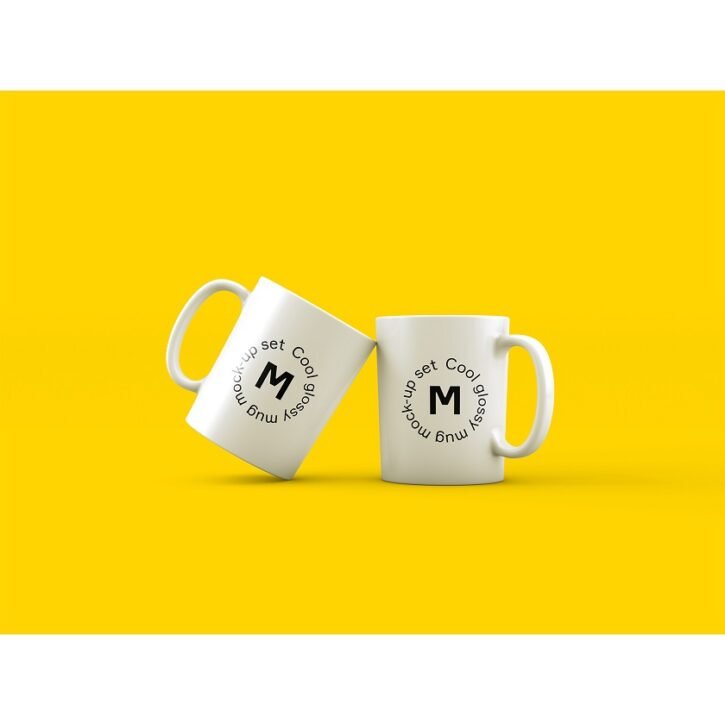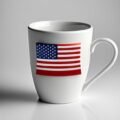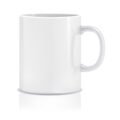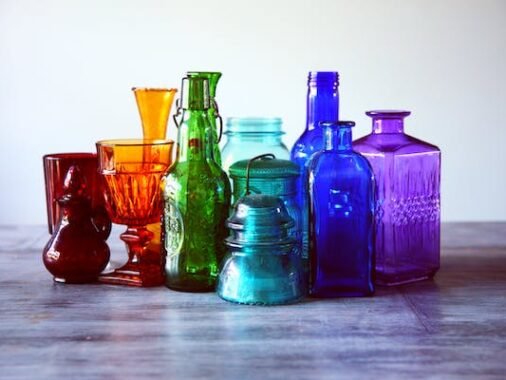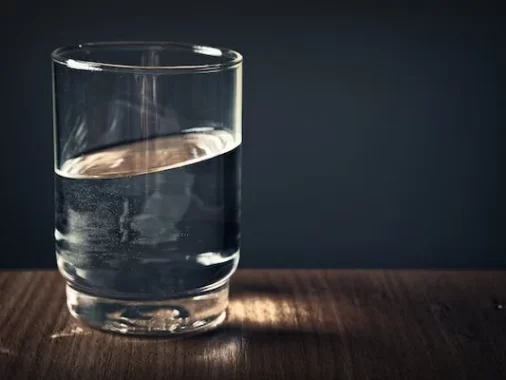32 ounces is equal to 4 cups.
Navigating the world of culinary arts often means dealing with different units of measurement. A fundamental understanding of these measurements, such as converting ounces to cups, is a cornerstone to achieving accuracy in your recipes. In this spotlight, we address one of the common queries: “How many cups is 32 ounces?” By unraveling this, we embark on a journey to foster precision in your culinary adventures.
Defining the Units
Before we deep dive into the conversion, it is prudent to delineate the units involved. The term ‘ounce’ is colloquially abbreviated to ‘oz’ and refers to a unit of volume called the ‘fluid ounce’ in the U.S customary system of measurements. Meanwhile, a ‘cup’ in the same system amounts to 8 fluid ounces.
The Simple Conversion: How Many Cups is 32 OZ?
Armed with the knowledge that a cup is equivalent to 8 ounces, determining how many cups 32 ounces constitute is straightforward arithmetic. Dividing 32 ounces by 8 gives us a clean, round figure of 4. Thus, 32 ounces is equal to 4 cups. This simple conversion is not just a theoretical number but a practical tool in the kitchen, being a standard measurement for many recipes.
Why is it Important?
Understanding the conversion between ounces and cups is essential for several reasons. Firstly, recipes from different regions and even different eras may use diverse units of measurement. Having the skill to convert ounces to cups with ease ensures that you can follow a wide array of recipes without stumbling over incompatible measurements.
Moreover, in the event of scaling recipes to cater to a larger or smaller number of servings, conversion knowledge becomes your best friend. It ensures that you can maintain the recipe’s integrity by keeping the proportions of the ingredients intact.
Applications in Culinary Arts
In culinary arts, 32 ounces, or 4 cups, is a standard quantity used in many recipes, especially when preparing dishes for a family or a group of people. It is a prevalent measurement in soup recipes, baking, and also when preparing stocks and broths.
Understanding this conversion also means that you can make informed decisions when substituting one ingredient for another. For instance, if a recipe calls for 4 cups of a particular liquid, knowing the equivalent in ounces can guide you to make precise substitutions, maintaining the recipe’s balance and taste.
Measuring Tools and Tips
While we have established the conversion rate, it is vital to use accurate tools for measurement. Investing in good quality measuring cups that delineate ounces as well as cups can be a smart choice for those serious about culinary arts.
It is also advisable to be meticulous while measuring. When it comes to liquids, filling to the brim might result in an overestimation of the quantity. Therefore, pour slowly and steadily to the desired mark to achieve the best results.
Common Conversions from Ounces to Cups
| Fluid Ounces | Cups |
|---|---|
| 1 oz | 0.125 cups |
| 2 oz | 0.25 cups |
| 3 oz | 0.375 cups |
| 4 oz | 0.5 cups |
| 5 oz | 0.625 cups |
| 6 oz | 0.75 cups |
| 7 oz | 0.875 cups |
| 8 oz | 1 cup |
| 9 oz | 1.125 cups |
| 10 oz | 1.25 cups |
| 11 oz | 1.375 cups |
| 12 oz | 1.5 cups |
| 13 oz | 1.625 cups |
| 14 oz | 1.75 cups |
| 15 oz | 1.875 cups |
| 16 oz | 2 cups |
| 17 oz | 2.125 cups |
| 18 oz | 2.25 cups |
| 19 oz | 2.375 cups |
| 20 oz | 2.5 cups |
| 21 oz | 2.625 cups |
| 22 oz | 2.75 cups |
| 23 oz | 2.875 cups |
| 24 oz | 3 cups |
| 25 oz | 3.125 cups |
| 26 oz | 3.25 cups |
| 27 oz | 3.375 cups |
| 28 oz | 3.5 cups |
| 29 oz | 3.625 cups |
| 30 oz | 3.75 cups |
| 31 oz | 3.875 cups |
| 32 oz | 4 cups |
FAQs:
Is 32 oz equal to 4 cups?
Yes, 32 fluid ounces is equal to 4 cups. This conversion is based on the US customary system of measurement where 1 cup equals 8 fluid ounces. Therefore, to convert 32 ounces to cups, you divide 32 by 8, resulting in 4 cups. This basic conversion is very useful in the kitchen for accurately measuring liquids in various recipes.
How much is 4 cups?
In the context of volume measurement using the US customary system:
4 cups is equivalent to 32 fluid ounces, as one cup equals 8 fluid ounces.
In terms of quarts, 4 cups equal 1 quart because one quart contains 4 cups.
4 cups also equate to 0.25 gallons, given that one-gallon houses 16 cups.
It is important to use the correct measuring utensils to ensure precise measurements when using these conversions in your culinary activities or any other scenarios requiring volume measurement.
How many cups is 4 oz?
Four (4) fluid ounces is equivalent to half (0.5) a cup. This conversion is based on the US customary system of measurement where 1 cup equals 8 fluid ounces. Therefore, 4 fluid ounces is 0.5 cups. This kind of conversion is handy in various culinary activities, helping to measure different ingredients accurately.
How many cups is 10 oz?
Ten (10) fluid ounces is equivalent to 1.25 cups. This conversion is derived from the US customary system of measurement where 1 cup equals 8 fluid ounces. To find out how many cups 10 ounces is, you divide 10 by 8, resulting in 1.25 cups. This simple conversion is vital in many culinary scenarios, facilitating the correct proportion of ingredients in your recipes.
How many cups are in a liter?
In the US customary system of measurement, there are approximately 4.2268 cups in a liter. This conversion is derived from the fact that one cup is equal to approximately 236.588 milliliters, and there are 1000 milliliters in a liter. So to find out the number of cups in a liter, you can divide 1000 by 236.588, resulting in about 4.2268 cups. This conversion is important in culinary and other practical settings where volume measurement is needed.
In conclusion, the conversion from ounces to cups, especially understanding how many cups 32 ounces amount to, serves as an essential skill in the culinary landscape. The equivalence of 32 ounces to 4 cups is a golden standard in many recipes, carving a pathway to a successful and enjoyable cooking experience.
Whether you are a budding chef or a home cook, this conversion skill is set to be a steadfast companion in your culinary journey, promoting accuracy and perhaps even encouraging experimentation with newfound confidence in measurements.
As you whip up your next creation, bear in mind that precision in measurement, encapsulated in the understanding of such conversions, is a step towards mastering the culinary arts, a journey of marrying science with taste, to produce dishes that not only satiate but delight the senses.
Armed with this knowledge, you are now prepared to delve deeper into the world of culinary arts, with a reliable companion in the form of accurate measurements, fostering creativity, innovation, and precision in your kitchen endeavors.

